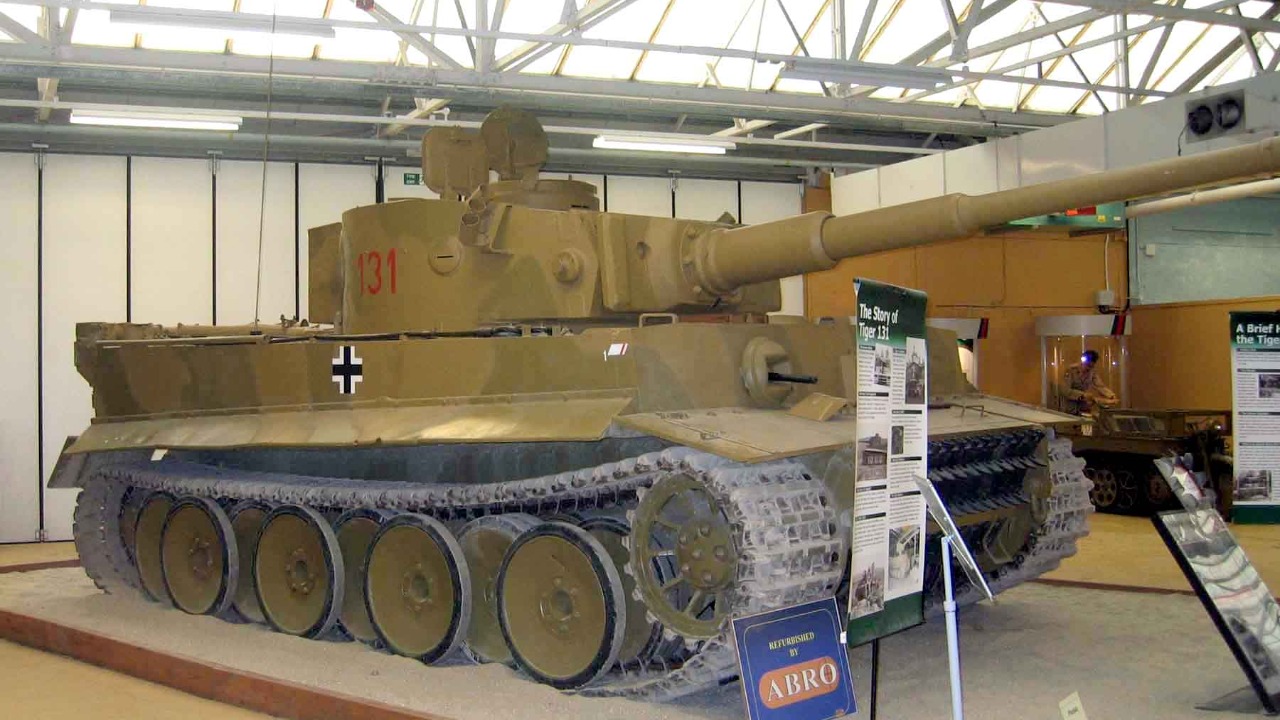
In the frosty Ardennes region during December 1944, the German 501st Heavy Panzer Battalion deployed a mere 14 operational Tiger II tanks at the start of the Battle of the Bulge. These 68-ton behemoths, armed with 88mm guns, were at the forefront of the assaults. However, by Christmas, their numbers had dwindled to just three functional units due to mechanical breakdowns and fuel shortages. Despite their innovative sloped armor and firepower, these tanks struggled against the harsh winter terrain.
Design Innovations of the Tiger Tanks
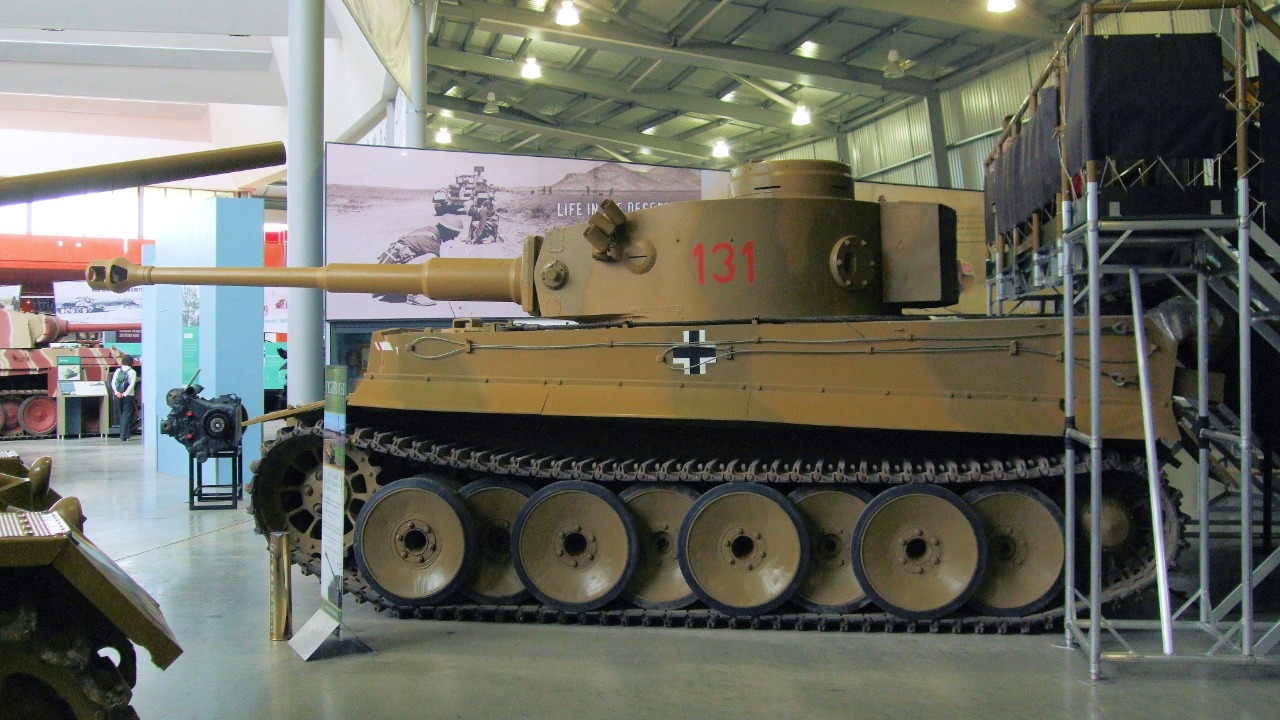
The Tiger I, which was introduced in 1942, was a significant leap forward in tank design. It featured interleaved road wheels for better weight distribution on its 56-ton frame and a 88mm KwK 36 gun capable of penetrating 100mm of armor at 1,000 meters. This design was a response to the need for a heavy tank that could withstand the firepower of the enemy while delivering devastating blows of its own.
The Tiger II, also known as the King Tiger, was an upgrade from the Tiger I. Produced from 1944, it boasted a 71.25-ton chassis with 150mm frontal armor sloped at 50 degrees and the more powerful 88mm KwK 43 gun. This gun could destroy most Allied tanks beyond 2,000 meters. Engineers like Ferdinand Porsche influenced the Tiger II’s Henschel turret design, prioritizing heavy armor over mobility to counter Soviet T-34s encountered earlier in the war.
Production and Resource Demands
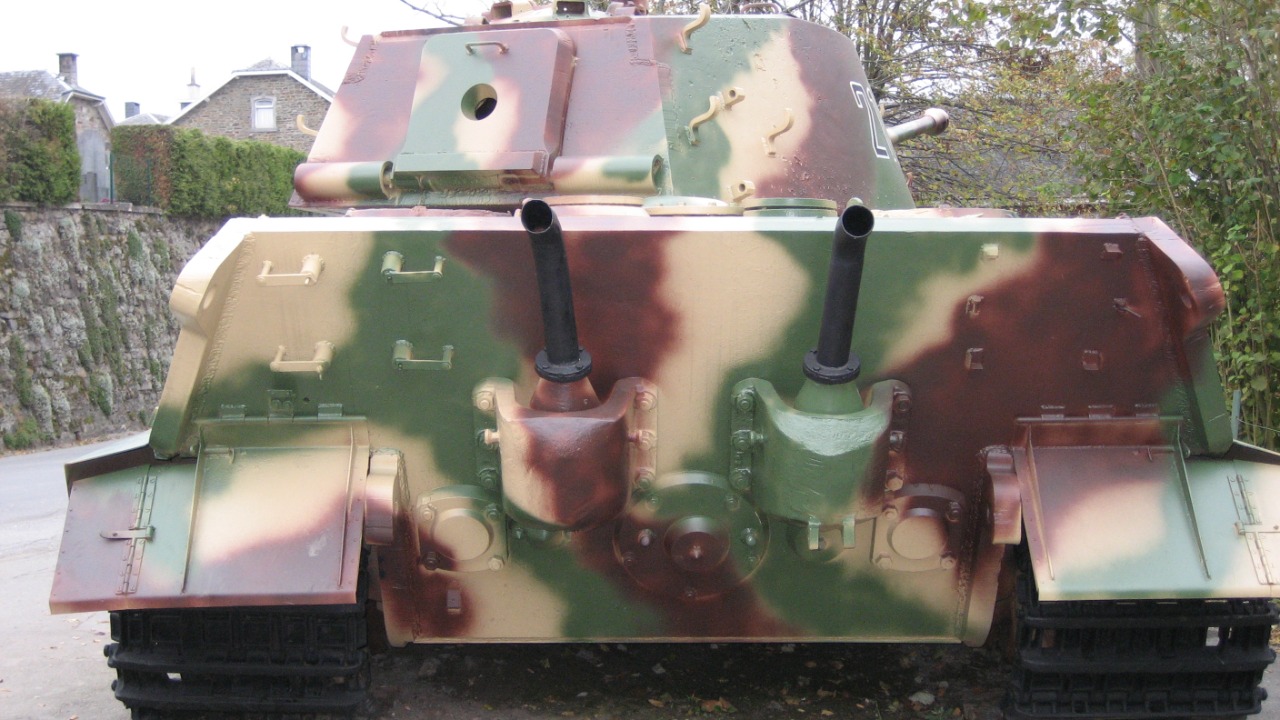
By late 1944, only 489 Tiger II tanks had been built at Henschel’s Kassel factory. Allied bombing disrupted steel supplies and labor shortages from the war effort hampered production. Each Tiger required 300 man-hours to assemble, compared to 100 for a Panther. This strained Germany’s dwindling resources as production lines shifted to simpler designs like the StuG III.
Fuel consumption was another significant issue. A Tiger tank averaged 1,000 liters per 100 kilometers off-road, exacerbating shortages that left many Tigers immobilized during offensives. This high fuel consumption was a significant drawback, particularly during large-scale operations where fuel supply lines were stretched thin.
Deployment in the Ardennes Offensive
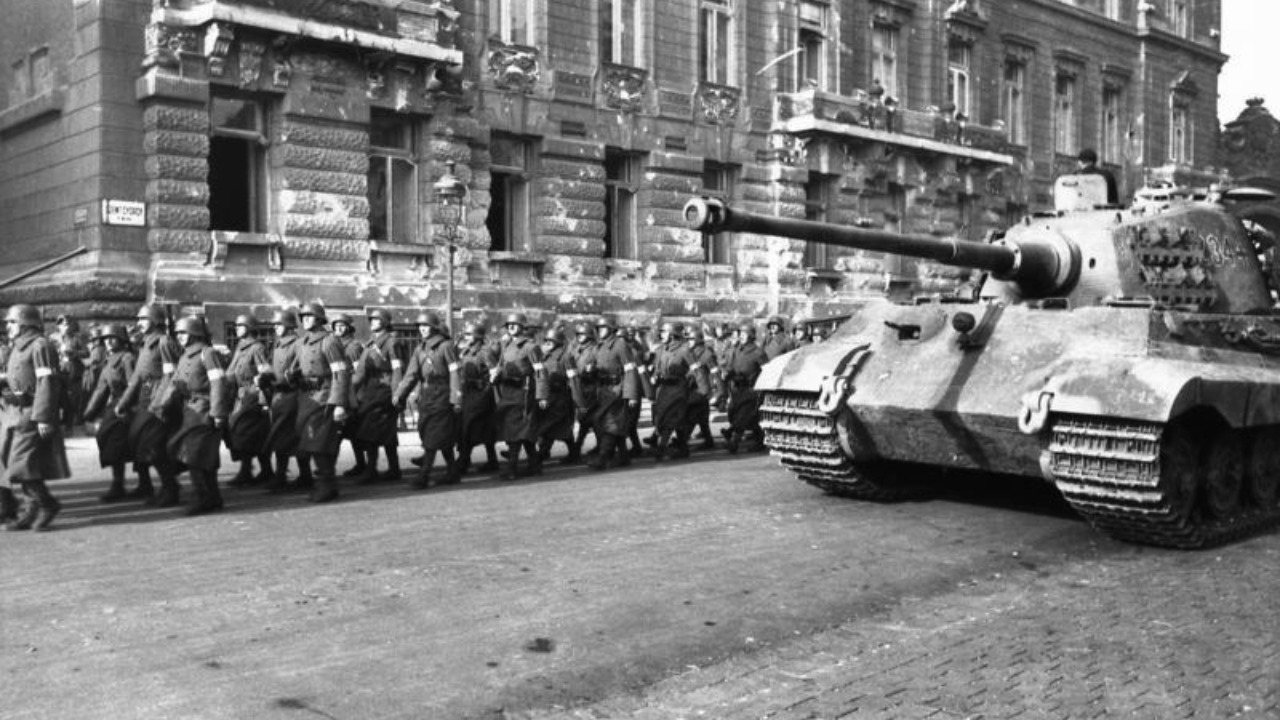
The 501st Heavy Tank Battalion, under Oberstleutnant Heinrich Freiherr von und zu Aufseß, arrived in the Eifel region on December 15, 1944, with 14 Tiger IIs split into two companies for the initial push toward the Meuse River. Tiger IIs from schwere Panzer Abteilung 506 supported the 2nd Panzer Division’s advance near St. Vith. A single tank knocked out five M4 Shermans on December 17 before getting stuck in the snow.
By December 23, 1944, only three Tiger IIs remained operational in the 501st. Losses to U.S. air attacks and mechanical failures near Humain, Belgium, had taken a heavy toll. The dwindling number of operational tanks was a significant setback for the German offensive.
Combat Performance Against Allied Forces
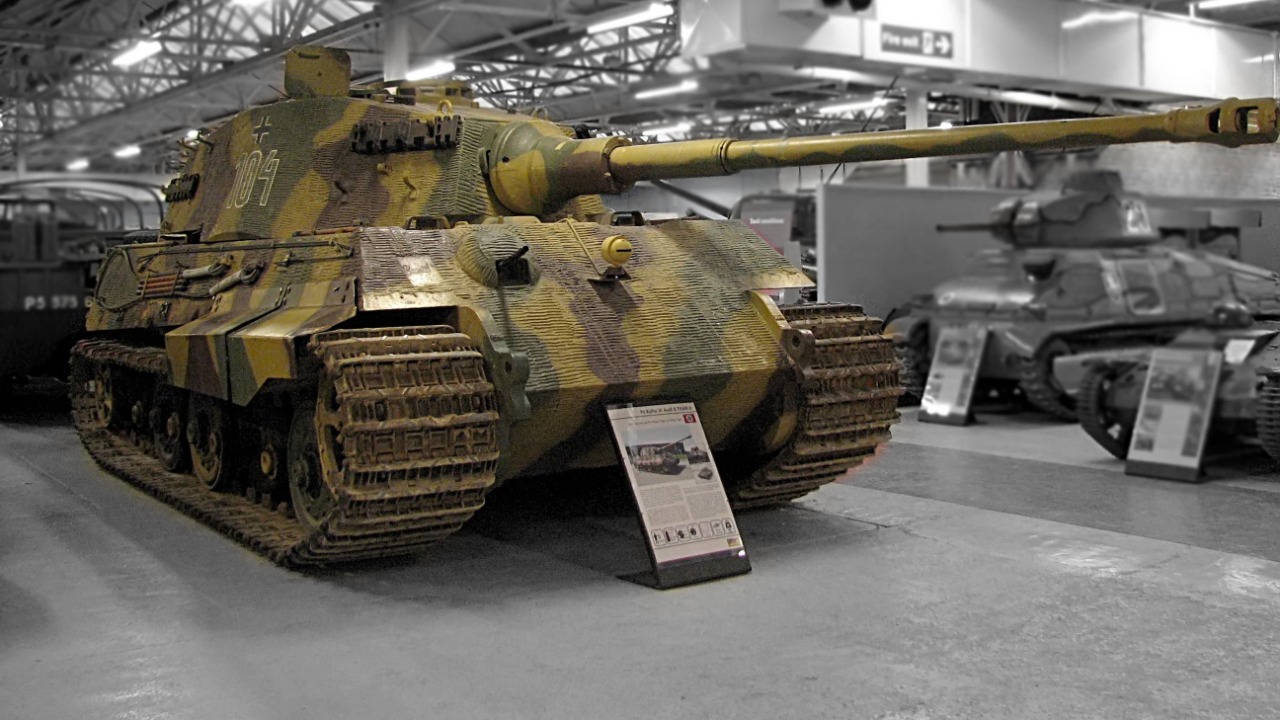
A Tiger II commanded by SS-Obersturmführer Helmut Dollinger destroyed 12 Allied vehicles, including M10 tank destroyers, near Orschwitz on December 21, 1944. This feat demonstrated the superior optics and gun accuracy of the Tiger II in foggy conditions. In engagements around La Gleize, Tigers held off the U.S. 3rd Armored Division for days. One tank’s 88mm fire halted an advance of 30 Shermans despite being outnumbered 10-to-1.
However, the Tiger II’s narrow 660mm tracks caused them to get stuck in the Ardennes mud and snow. This limited their mobility and allowed U.S. bazooka teams to flank and disable exposed engines. The terrain and weather conditions in the Ardennes proved to be a significant challenge for the Tiger II tanks.
Mechanical Reliability Issues
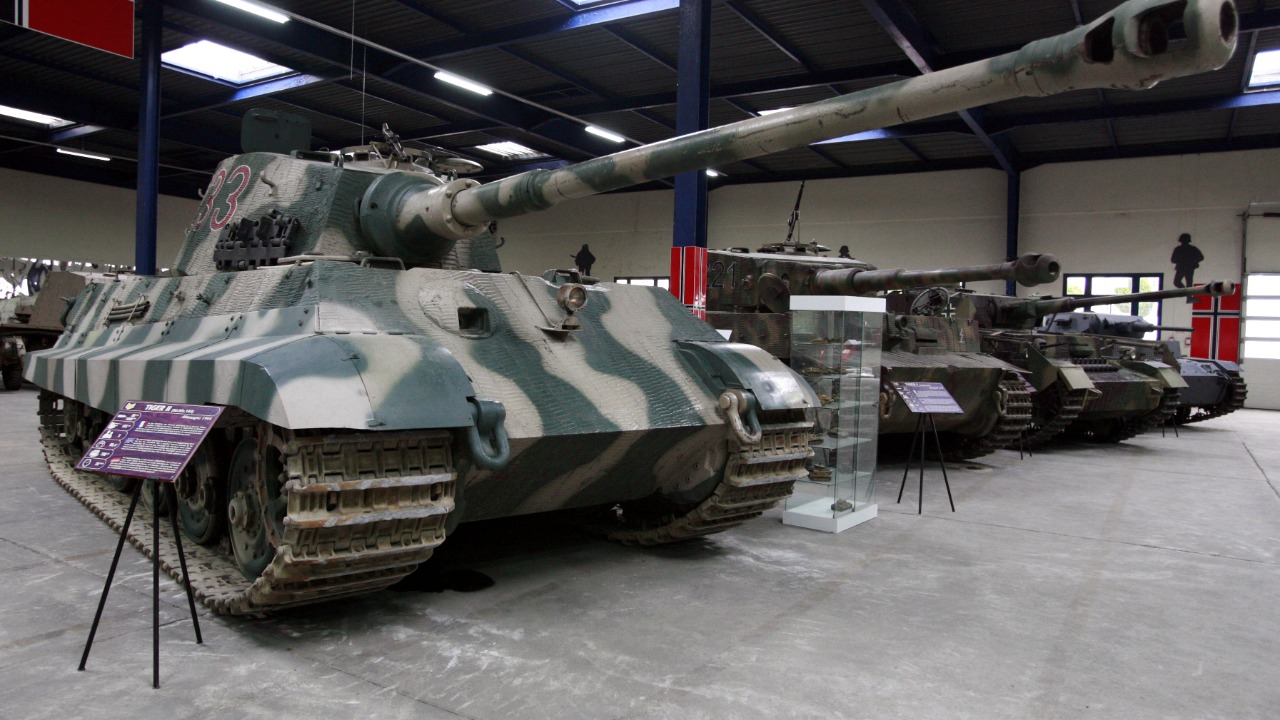
The Tiger II’s transmissions, built by Maybach, frequently failed under the 68-ton load. The battalion reported 50% downtime from gear box seizures during the first week of the offensive. Overheating engines, exacerbated by -10°C temperatures, led to six Tigers being abandoned after final drive breakdowns near Manhay on December 25, 1944.
Maintenance of the Tiger II was another significant issue. It required specialized tools that were often unavailable in the field. This left units stranded as crews lacked parts for the complex interleaved suspension that jammed with mud. The high maintenance requirements of the Tiger II were a significant drawback in the field, where resources and time were often limited.
Strategic Impact and Historical Debate
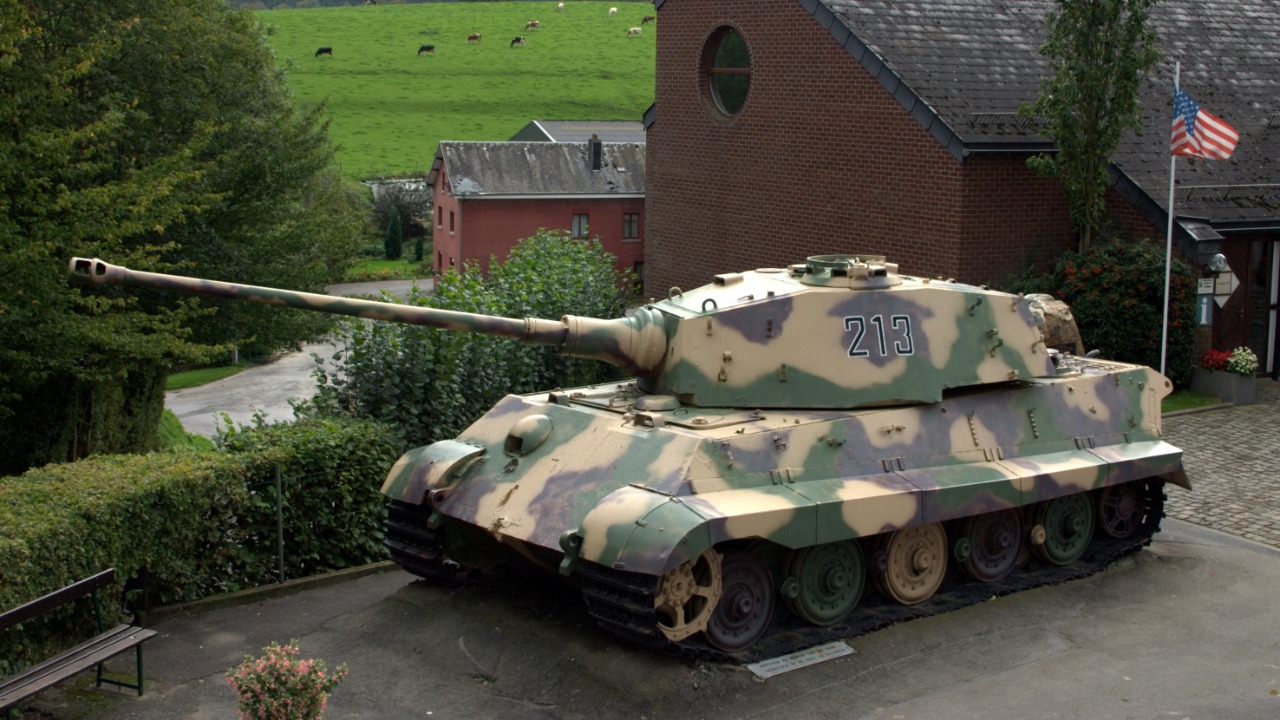
Despite destroying over 50 Allied tanks, the Tigers’ high losses—11 of 14 in the 501st—contributed to the failure of Operation Wacht am Rhein by tying down elite units without achieving a breakthrough. Historians like Steven Zaloga argue the Tigers were “overbuilt failures” due to their 20% operational rate in the Bulge, contrasting with simpler designs like the T-34’s 80% uptime.
However, proponents, including German veteran accounts, praise the engineering as “genius” for forcing Allied caution. This is seen in the prolonged defense of Baraque de Fraiture bridgehead. The debate over the effectiveness of the Tiger II tanks continues to this day, reflecting the complexity of evaluating military technology in the context of the broader strategic and logistical challenges of warfare.